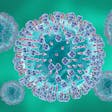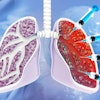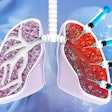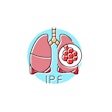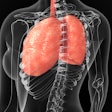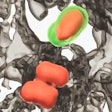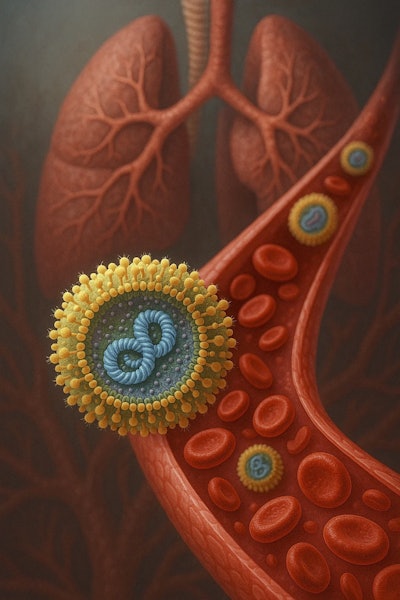
Researchers have discovered a new method for treating respiratory diseases, such as cystic fibrosis and lung cancer. The novel drug delivery system carries genetic therapies to lung cells.
Gaurav Sahay, PhD, of Oregon State University’s College of Pharmacy, led the pair of studies, along with collaborators from Oregon Health & Science University and the University of Helsinki. “Synthesis of Ionizable Lipopolymers Using Split-Ugi Reaction for Pulmonary Delivery of Various Size RNAs and Gene Editing” was published in Nature Communications, and “Synthesis of Ionizable Lipids for Gene Delivery to the Lung Using an Ugi Four Component Reaction” was published in the Journal of the American Chemical Society.
 Gaurav Sahay, PhDOregon State University
Gaurav Sahay, PhDOregon State University
According to a university news release, the research team also established a chemical strategy to create a broad collection of lung-targeting lipids for the nanocarriers to use.
“The streamlined synthesis method makes it easier to design future therapies for a wide range of diseases,” said Dr. Sahay, who is professor in the department of pharmaceutical sciences and co-director of the Center for Innovative Drug Delivery and Imaging. “These results demonstrate the power of targeted delivery for genetic medicines. We were able to both activate the immune system to fight cancer and restore function in a genetic lung disease, without harmful side effects.”
An innovation of this magnitude has the potential to be customized to reach different organs and treat a variety of illnesses, Dr. Sahay said.
“Our long-term goal is to create safer, more effective treatments by delivering the right genetic tools to the right place. This is a major step in that direction,” he said.
Both studies were funded by the Cystic Fibrosis Foundation, the National Cancer Institute and the National Heart, Blood and Lung Institute.

